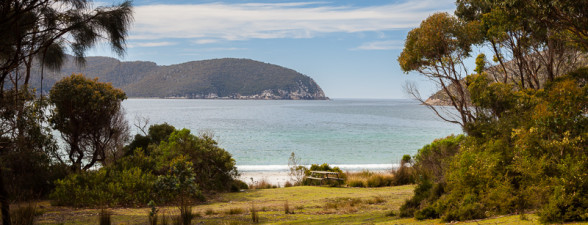Tasmania – a little island south of Melbourne, formerly known as Van Diemen’s Land. The Dutch explorer Abel Tasman had been the first to set foot on the island, which was later renamed to Tasmania in his honor. During my time in Melbourne I had always wanted to pay Van Diemen’s Land a visit but had to wait another couple of years until October 2012, when after a short stop-over in Melbourne I arrived in Hobart, the capital of Australia’s smallest state.
Van Diemen’s Land – Hobart, Richmond, Tasman National Park


